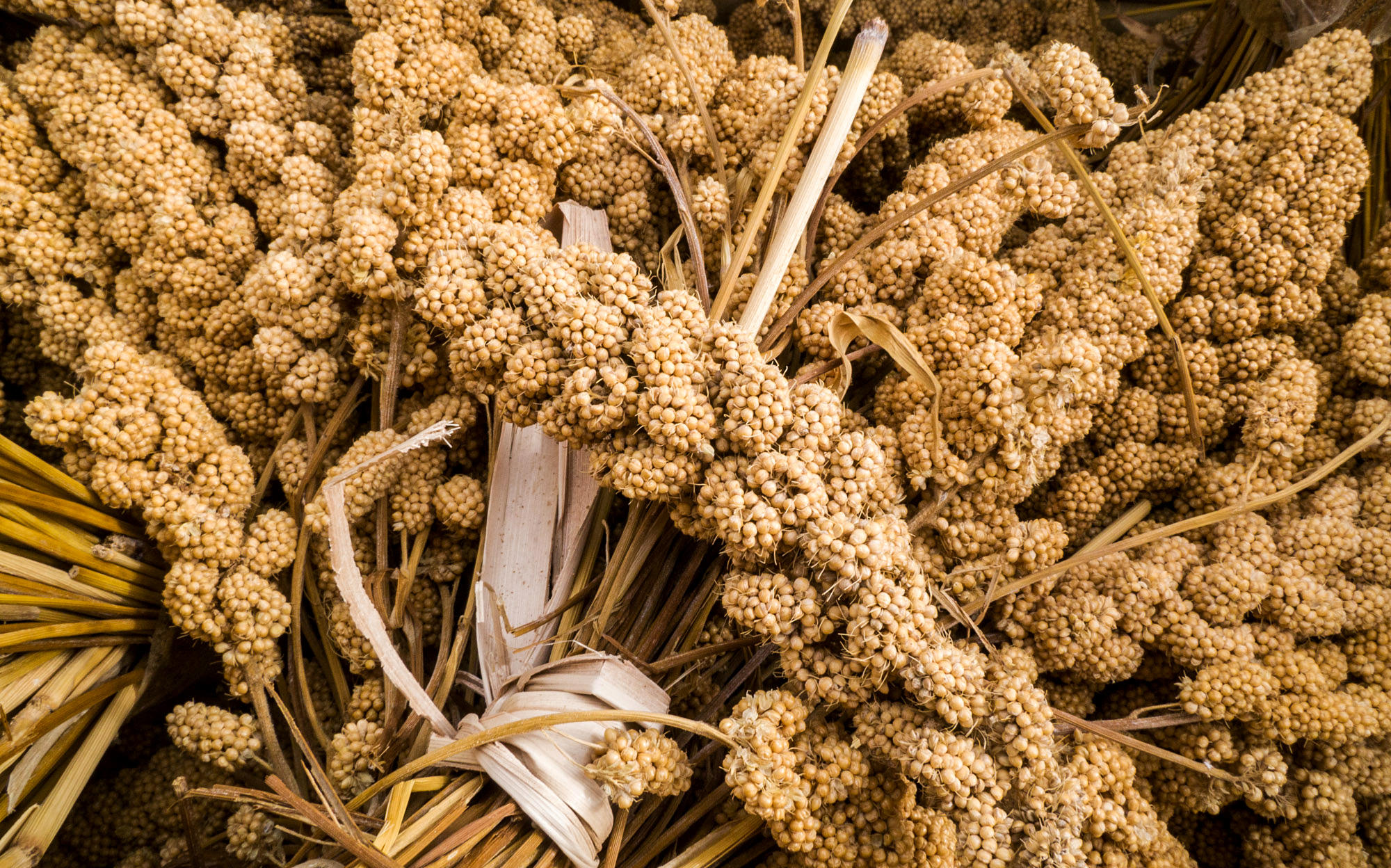Processing And Nutritive Value Of Corn And Other Millets Presentation
| Introduction | ||
|---|---|---|
| Corn and millets are ancient grains that have been consumed for centuries. These grains are rich in nutrients and offer various health benefits. Understanding their processing techniques and nutritive value is essential for making informed dietary choices. | ||
| 1 | ||
| Processing Methods for Corn and Millets | ||
|---|---|---|
| Corn and millets can undergo several processing methods, including milling, grinding, and flaking. Milling involves removing the outer layer of the grain to obtain the endosperm, which is then ground into flour. Grinding involves crushing the grains into a coarse or fine powder, which can be used to make porridges or baked goods. | ||
| 2 | ||
| Processing Methods for Corn and Millets (contd.) | ||
|---|---|---|
| Flaking involves steaming the grains and then flattening them into flakes, which can be used in breakfast cereals or snacks. Other processing methods include popping, roasting, and fermenting, which enhance the flavor and texture of corn and millets. Your third bullet | ||
| 3 | ||
| Nutritive Value of Corn | ||
|---|---|---|
| Corn is a good source of carbohydrates, providing energy for the body. It contains dietary fiber, which aids in digestion and helps regulate blood sugar levels. Corn is also rich in vitamins such as vitamin C, thiamine, and folate, which play important roles in maintaining overall health. | ||
| 4 | ||
| Nutritive Value of Millets | ||
|---|---|---|
| Millets are gluten-free grains, making them suitable for individuals with gluten intolerance or celiac disease. They are high in dietary fiber, promoting satiety and aiding in weight management. Millets are also rich in minerals such as iron, magnesium, and phosphorus, which are essential for maintaining bone health. | ||
| 5 | ||
| Health Benefits of Corn and Millets | ||
|---|---|---|
| The high fiber content in corn and millets helps regulate cholesterol levels and supports a healthy heart. These grains have a low glycemic index, making them suitable for individuals with diabetes or those aiming to control blood sugar levels. Corn and millets contain antioxidants that help protect against chronic diseases such as cancer and cardiovascular conditions. | ||
| 6 | ||
| Incorporating Corn and Millets into the Diet | ||
|---|---|---|
| Corn can be enjoyed in various forms, such as boiled, grilled, or added to soups and salads. Millets can be used as a substitute for rice or wheat in dishes like pilafs, porridges, or baked goods. Both corn and millets can be ground into flour and used to make bread, tortillas, or pancakes. | ||
| 7 | ||
| Conclusion | ||
|---|---|---|
| Understanding the processing methods and nutritive value of corn and millets is vital for making healthy dietary choices. Including these grains in your diet can provide a range of nutrients and health benefits. So, go ahead and explore the versatile ways to incorporate corn and millets into your meals. | ||
| 8 | ||
| References (download PPTX file for details) | ||
|---|---|---|
| Insert reputable sources and citations here.... Your second bullet... Your third bullet... |  | |
| 9 | ||
| Questions? | ||
|---|---|---|
| Open the floor for any questions or clarifications. Your second bullet Your third bullet | ||
| 10 | ||








